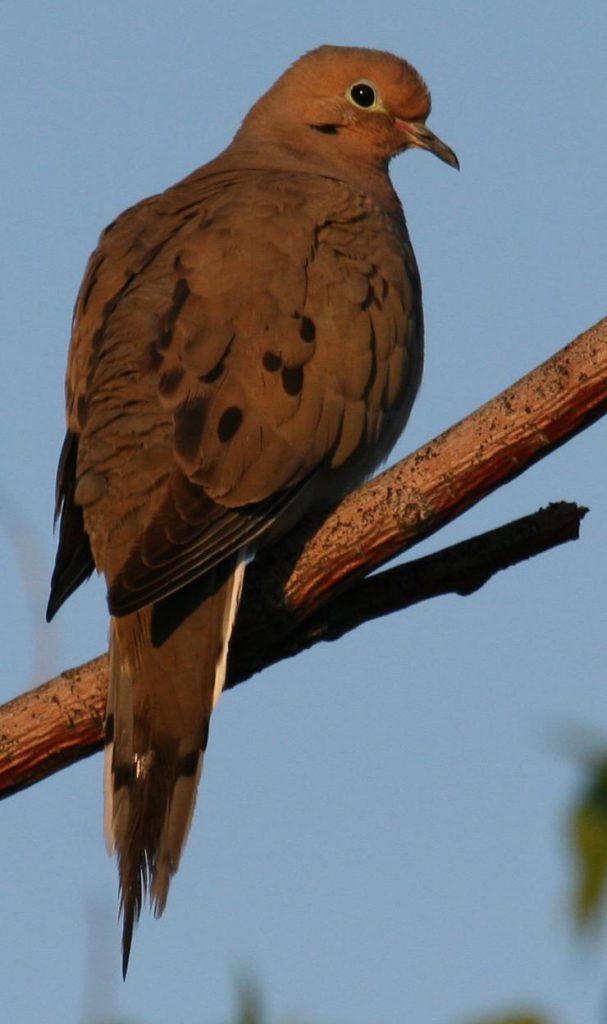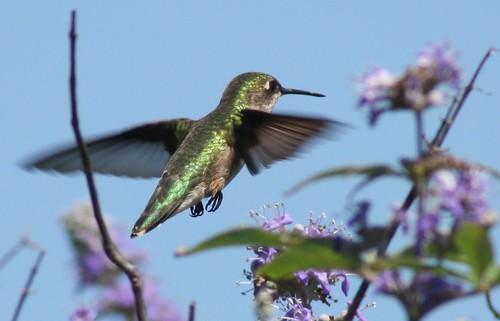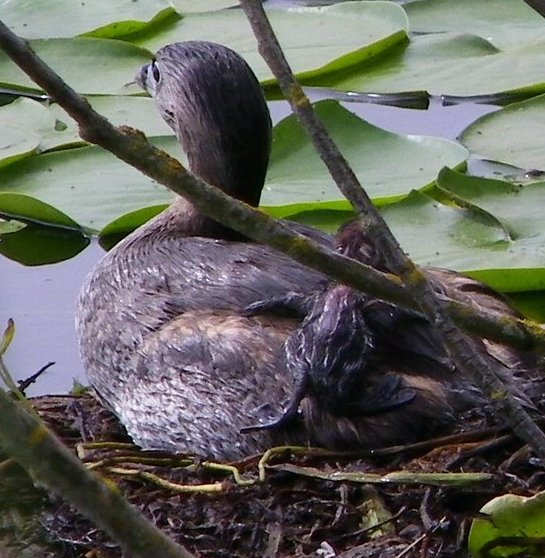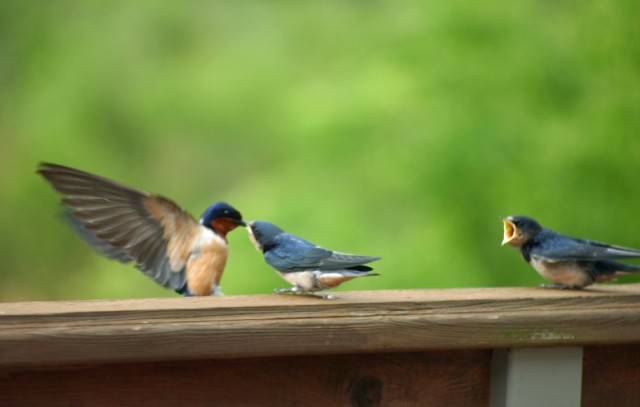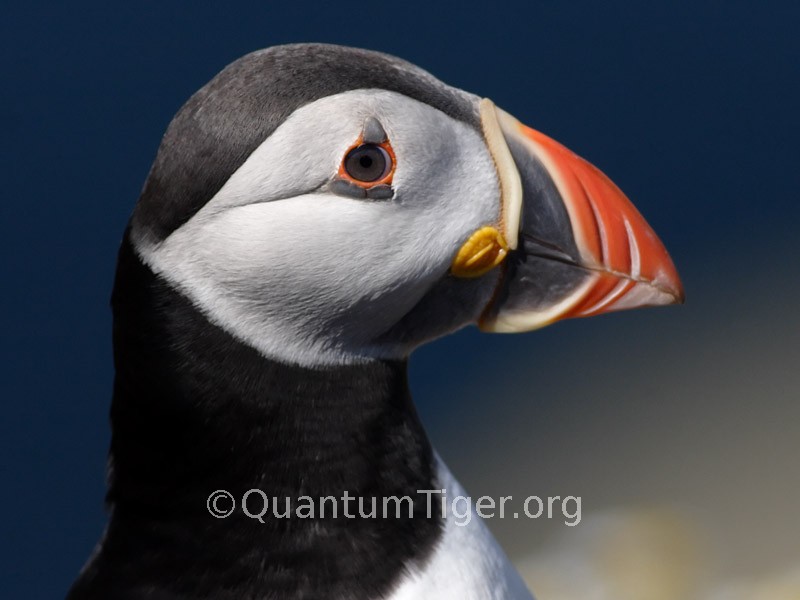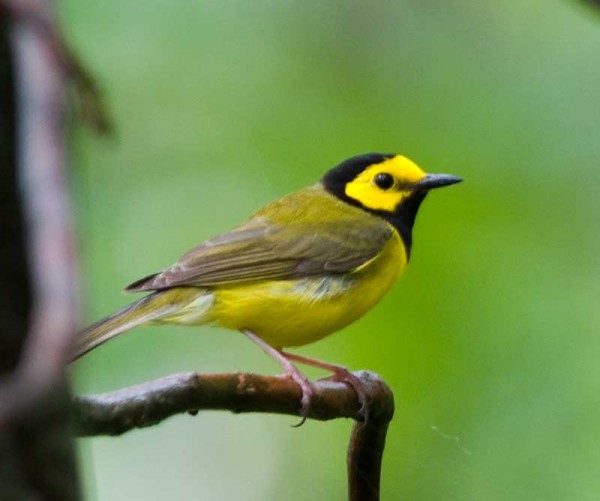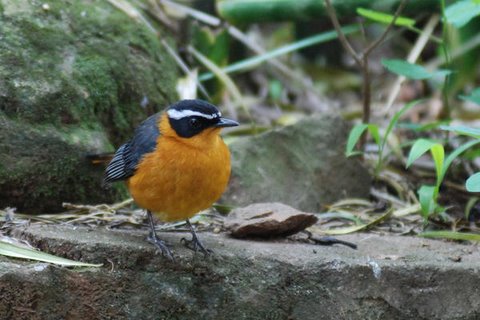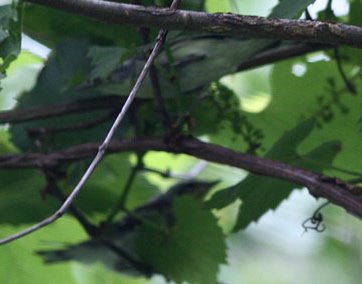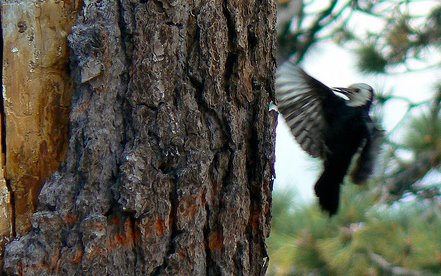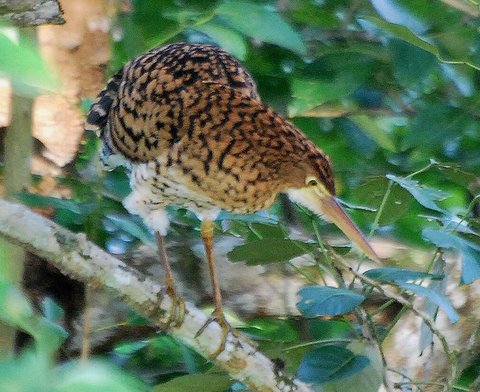How to read a blog carnival!
 So you participated in a blog carnival! Do you read the other posts in the blog carnival you participated in. What? You rarely have time? In this carnival there are 23 blogs represented. How long time does it take to read one? Usually not that long. Maybe two minutes each. Do you have 46 minutes to spare – and maybe half a minute to comment each blog? This is how to read and comment the entire I and the bird in 59 min. Obviously, you may use this same strategy if you are not participating in IATB to read and comment – or you can use the same strategy to other blog carnivals or my birdbloggers Tweet-club (new edition coming shortly..sorry for the delay).
So you participated in a blog carnival! Do you read the other posts in the blog carnival you participated in. What? You rarely have time? In this carnival there are 23 blogs represented. How long time does it take to read one? Usually not that long. Maybe two minutes each. Do you have 46 minutes to spare – and maybe half a minute to comment each blog? This is how to read and comment the entire I and the bird in 59 min. Obviously, you may use this same strategy if you are not participating in IATB to read and comment – or you can use the same strategy to other blog carnivals or my birdbloggers Tweet-club (new edition coming shortly..sorry for the delay).
23 blogs read and commented in 59 minutes.
Materials needed:
- A large Screen so you can have two windows opened at once.
- A mouse or scroll pad
- a timer
- open a note pad on the screen and fill in four rows
your name
email
blog address of your blog
I really liked the picture of ….
This is to copy and paste fast to the fields in the blog comment form.
Step by step instructions.
- Open I and the bird #114 by Susan Myers in a new window – not a just a tab.
- Press ctrl with one finger as you scroll the cursor (with the mouse or scroll pad) over each link and click left for each. One by one the blogs will open in new tabs. Start from the bottom, so my blogpost comes first! (Just kidding!!)
- set the timer on 2 minutes 30 seconds – and start with the first tab.
- Check the title and the photos first. Here you get an idea what the blog is about. If the topic is not very interesting to you…give it a very brief treatment …but still leave a comment of something likable you have detected. Use your notepad to copy and past to the comment section and say something nice regarding one of the photos.
- Now repeat 3 and 4 with the next tab.’
Let me know if this strategy worked in the comment section below.
The future of “I and the bird” blog carnival
Still, even with this sound approach it is a bit overwhelming with so many blogposts in one place. Also, it is not an easy task to host a blog carnival. There are so many good birding blogs now on Natureblog Network, so in reality there should not be too difficult to find a host for IATB. Still, there are often a bit desperate call for more hosts – and this probably has to do with that many old-timers simply feel it takes too much time and effort to host.
Recent IATB I have participated in have had many weaknesses. First of all, they don’t produce that many visits to my web-page. Usually only around 5 hits. Secondly, some of the material is really dull. The idea is that the bloggers should give examples of their best blogging posts. Hand on the heart, was that your best post you just submitted? Thirdly, there are too many posts included that lose focus of the hosting blog and scare off the regular visitors rather than the other way around. In the end it is only the same bloggers that will check out if their post made it. Some may read a few blogs – or at least comment that they intend to and never to open the carnival post again. It is the same circus and participants over and over again and the same people that comment.
Questions to ask yourself
Who are you blogging for and why are you participating in blog carnivals? Was it not because y0u wanted to reach new audiences?
I think, if I may give my opinion, that IATB is in need of some new guidelines. It is not for me to impose of course, but a discussion on the topic may be fruitful. Here are my suggestions. Please give your thoughts in the comment section.
- Let the host select his favorites and maybe even rank them. If the blog host does not include all posts, there will be more interest from the participant to provide a post that is in the liking of the host and suits his blog well. After all, the whole idea is to get the usual reader of the blog to discover new blogs and this will not happen if there is no connection to the hosts interest and style.
If the host is Singapore Nature Club, what point is there to have 6 posts about birds at feeders in the US on this blog carnival? Most US bloggers would have a hard time getting selected by the Singapore host. A blogger from the US would have much better chance of acceptance if he/she rather included a blog post with great photos of colorful or impressive birds such as Cardinal, BlueJay, Bald Eagle and Gold-Finch and a title like “The five most mind-blowing beautiful birds of North Americans”. - Give a tweetable headline and a short url so that the individual reader can re-tweet a post that he/she has liked
- include a picture from each selected blog with the link.
- Maybe, in fairness to the poor bloggers that did not make it to the top 10, 15 or 20 or whatever, one could make a second post containing a list of the blogposts that did not make it, with title and short url, so at least there is a back-link provided. Saying something like: Here is a follow-up to yesterday’s IATB with a list of the posts that did not make it to be included in my selection. This does not mean they are not of interest, only that they did fit this time.
Now shoot me!
Related posts regarding Blog Carnivals and the Tweet-club.
- Stumble-upon club for bird bloggers
- Bird bloggers Tweet Club #001
- Bird-bloggers Tweet Club #005 with ideas and extension to a Facebook version of the tweet club
- Twitter-friendly “I and the bird” part 1
- Twitter-friendly “I and the bird” part 2

